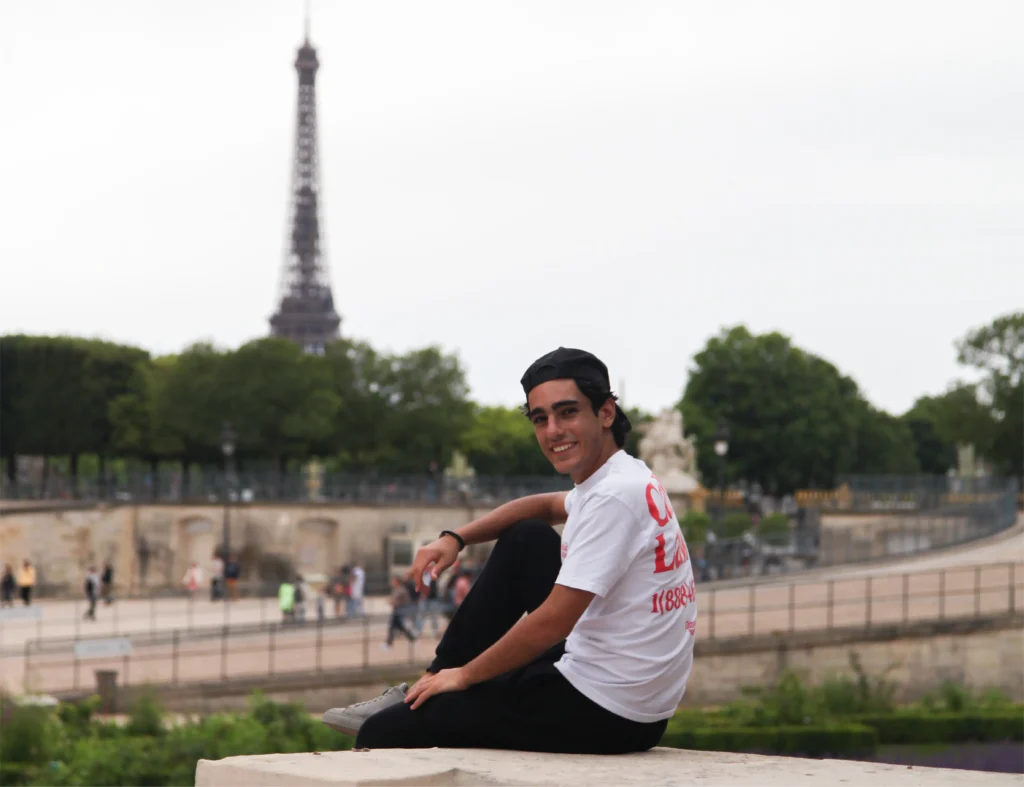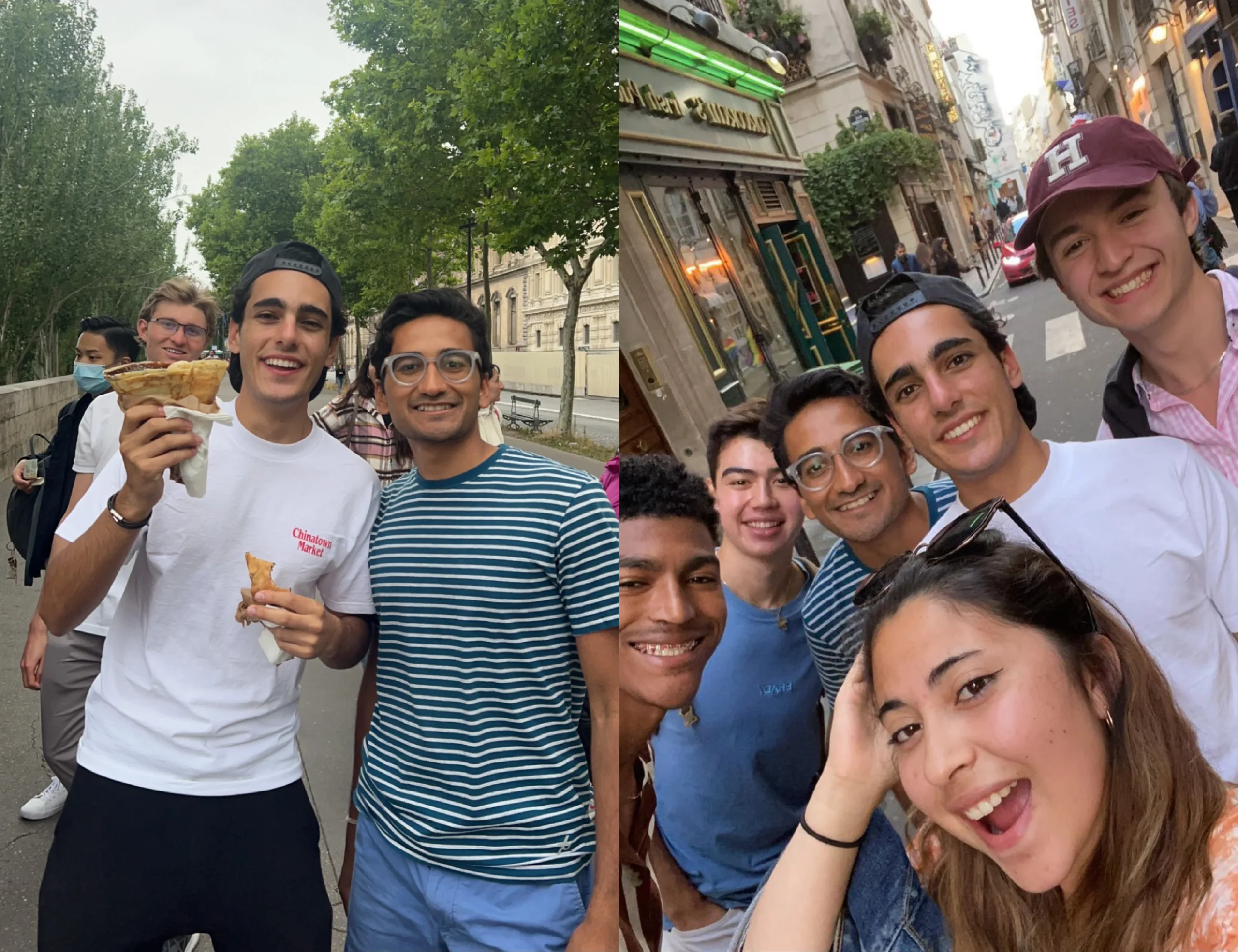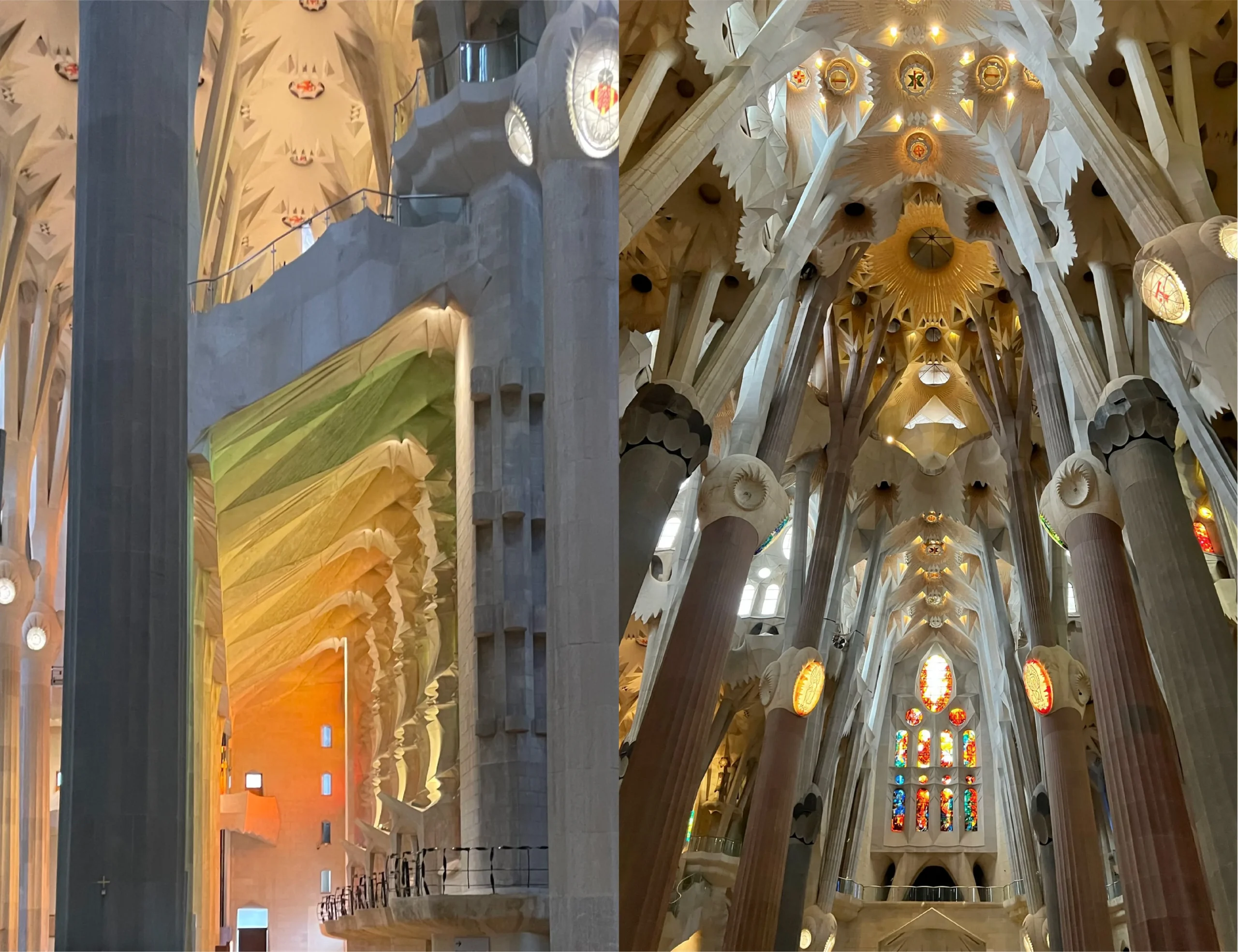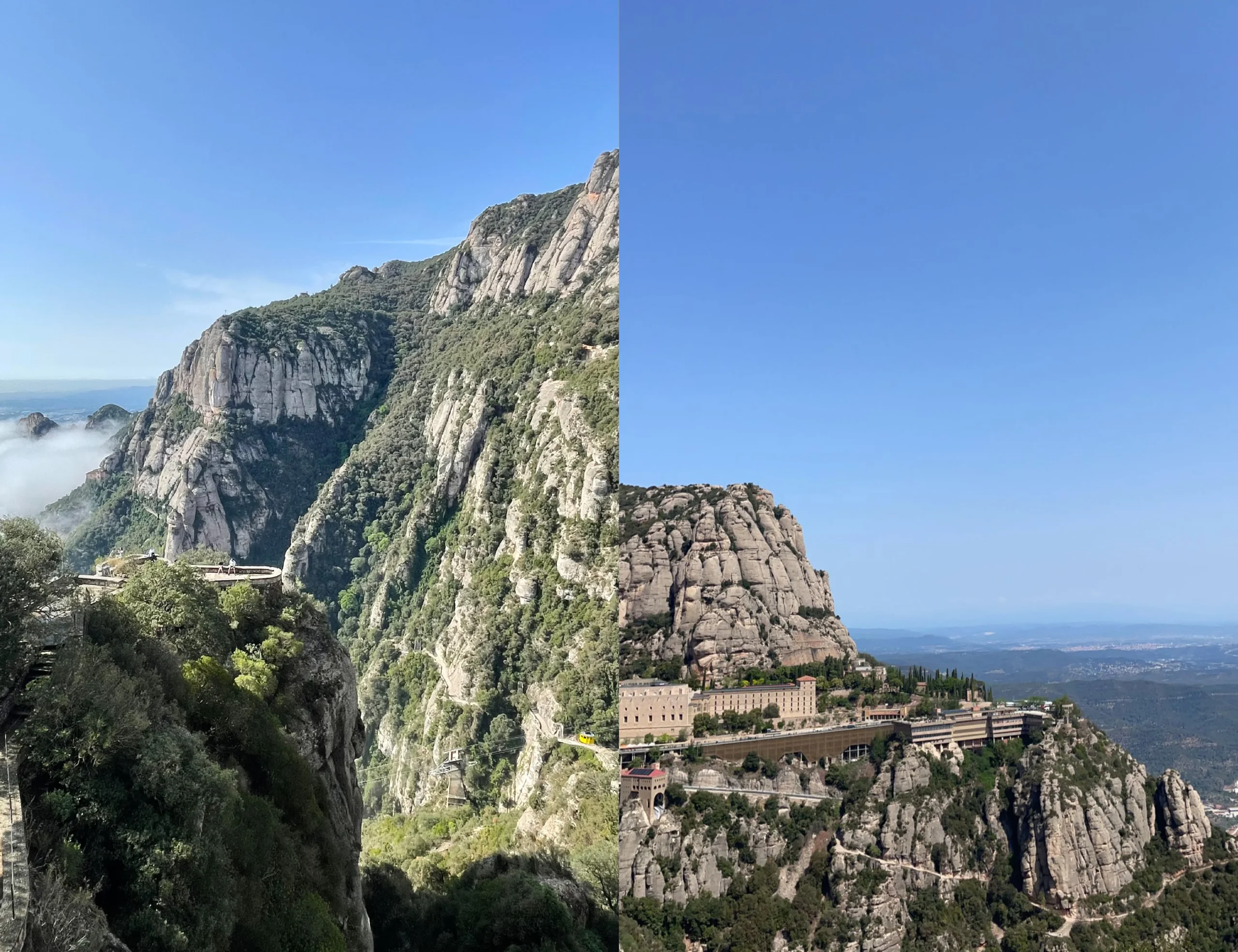
Tell us a little about your startup Brickbro – what they do and what problem are they trying to solve?
Brickbro is a platform that allows individuals to buy, rent, and sell commercial spaces online, essentially eliminating the need for a real estate agent in commercial real estate transactions. In addition to streamlining the entire real estate process to make it hassle-free, their algorithm advises owners of commercial properties how to best repurpose their spaces (to become a residential space, entertainment facility, etc…) to maximize profit. At the same time, the algorithm ensures that people looking to buy or rent those spaces get connected with the site that best matches their needs and wants.
What was your role in Brickbro and what major projects were you working on?
I was a Finance and Operations Intern at Brickbro. In my role, I created, organized, and streamlined our financial statements, familiarizing myself with their Income Statement, Balance Sheet, and Statement of Cash Flows. I also worked in investor relations, repurposing and redesigning the company’s slide and pitch decks as well as elevator pitch. In addition, I formulated and laid out our company’s investor and funding accumulation strategies. Beyond those roles, I was involved in many aspects of our real estate investing business, crafting strategies that would eventually increase our margins and revenue significantly.

What does a typical (work) day look like in Barcelona?
My days normally start at 7am, when I work out, shower, and get dressed. At 8:30am, I’d take the Metro to my office, located in the Gracia neighborhood of Barcelona, above the central Avenida Diagonal. I’d arrive at around 09:00, at which point I’d make myself a ristretto and be kindly greeted by my coworkers, all of whom always gave me the warmest of welcomes and smiles. I’d set my “To Do” list, and then I’d get started on my work and meetings. In the middle of the day, my coworkers and I would go out for lunch, and speak in Spanish for half of our conversation (so I can practice and further perfect my skills) and English in the other half of the conversation (so my coworkers can practice their English-speaking skills). We’d talk about how we each spent our previous nights, and they would frequently give me recommendations and advice about the best places to visit in Barcelona. We’d all then get back to work and lock in for the second half of the day, until we went home at around 18:30. After work, I’d always immerse myself in another cultural activity, like attending a ballet, museum, or park.
Michael hanging out with the Paris cohort.
What do you think makes Barcelona a great place to spend the summer? What do you like about the city?
Barcelona is one of the best cities to spend one’s summer. I am infinitely grateful for my time there, because of the rich cultural, historical, architectural and culinary roots deeply entrenched in the city.
I enjoy history, art, and learning about new cultures. That being the case, I made it my goal to visit the best cultural, artistic, and historical sights in Barcelona. I watched a String Quartet at Palau de la Música Catalana; I saw the Classical Ballet of Ukraine perform Tchaikovsky’s Swan Lake ballet; I watched Vincenzo Bellini’s renowned opera “Norma” in the famous Gran Teatre del Liceu; I heard an intricate rendition of the much-lauded Phantasm Viol Consort by J.S. Bach at Petit Palau; I participated in a Flamenco show in the Gothic Quarter; and I saw the Magic Fountain Show at the base of Montjuic. I also visited dozens of museums and learned about Barcelona’s remarkable political, cultural, and artistic history, dating from the Roman Empire to the city being under Muslim control, and the eventual the Christian reconquest. I visited the Museu Nacional d’Art de Catalunya, the Picasso Museum, the Barcelona History Museum, the Barcelona Maritime Museum, the European Museum of Modern Art, the El Born Center of Culture and Memory, the Museu d’Art Contemporani, Fundació Joan Miró, and the FC Barcelona Museum. Beyond those museums in the city of Barcelona, I made it a point to visit the best art and history museums in nearby cities, including the Salvador Dali Museum in Figueres and Museu Cau Ferrat in Sitges.
Gaudí’s Sagrada Familia. Photos by Jack Chilson.
In addition to the historical and cultural aspects of Barcelona, I had the opportunity to witness the incredible architecture (with each building containing deep-rooted history as well) within the city, including the beautiful Catalan modernism incorporated by Antoni Gaudí in his work like La Sagrada Familia, La Pedrera-Casa Milà, Casa Batlló, Gaudí House Museum, and Casa Vicens. Visiting Park Güell and Casa Amatller, as well as walking through the Gothic Quarter and absorbing all its history and gothic architecture (most famously the Barcelona Cathedral, Basilica Santa Maria del Pi, Plaça del Rei, Plaça Reial, and the layout of Sant Jaume Square) only added to this experience. And of course, visiting the Anella Olímpica and the Lluís Company’s Olympic Stadium, remnants of the 1992 Barcelona Olympic Games which reformed the city, proved to be great experiences where I witnessed the innovative architecture of those buildings designed for the Olympics. The more modern buildings, like Torre Glòries and the W Hotel, truly rounded out the architectural experience within Barcelona. And given Barcelona’s hosting of the 1888 and 1929 International Expositions, I made it a point to visit the structures and parks erected for those world fairs: Parc de la Ciutadella, the city’s main public park, the Modernista Arc de Triomf, the Fair’s former gateway, the Columbus Monument on La Rambla, Plaça d’Espanya, the Magic Fountain of Montjuic, Palau Nacional, and Poble Espanyol.
Views of Montserrat Monastery. Photos by Jack Chilson.
I had the opportunity to see Barcelona from the many hills and mountains that make up the city: Montserrat, Tibidabo (I even rode on the Ferris Wheel on top of the mountain), Bunkers del Carmel, and the Montjuic Cable Car. I shopped on Paseo de Gracia, relaxed in Placa Catalunya, and even went sunset paddle boarding in the beautiful Barceloneta neighborhood.
Weekend trip to Paris. Photos by Nicholas Apostolicas.
Beyond that, Barcelona’s unique location within Europe allowed me to travel to many neighboring cities, including Madrid, Paris, Ibiza, Toledo, Andorra, Luxembourg, Brussels, The Hague, Amsterdam, and Berlin.
Did you notice any cultural differences working/living in Spain compared to the US?
Of course, there are many cultural differences between the United States and Spain. Two primary ones come to mind. First, people in Barcelona tend to eat much later in the day and night. Lunch is usually taken around 14:00, and it is common for groups to spend close to an hour at restaurants for lunch, even during working hours. By the same token, dinner is usually not until around 10pm. Second, most stores close on Sundays, including many restaurants, something not as common in the United States.
What advice would you give to someone considering the summer internship for next year in terms of actual preparation or mindset?
Be ready to immerse yourself fully in Spanish, Catalonian, and Barcelona culture. Don’t be afraid to make friends with Barcelona natives. Learn about their histories, their experiences, and their lives. This is an opportunity for you to meet people you may not have the opportunity to meet again. Don’t squander that. Go out, try new things, and be adventurous. You are only young once; take advantage of every opportunity that comes your way, including this one.





